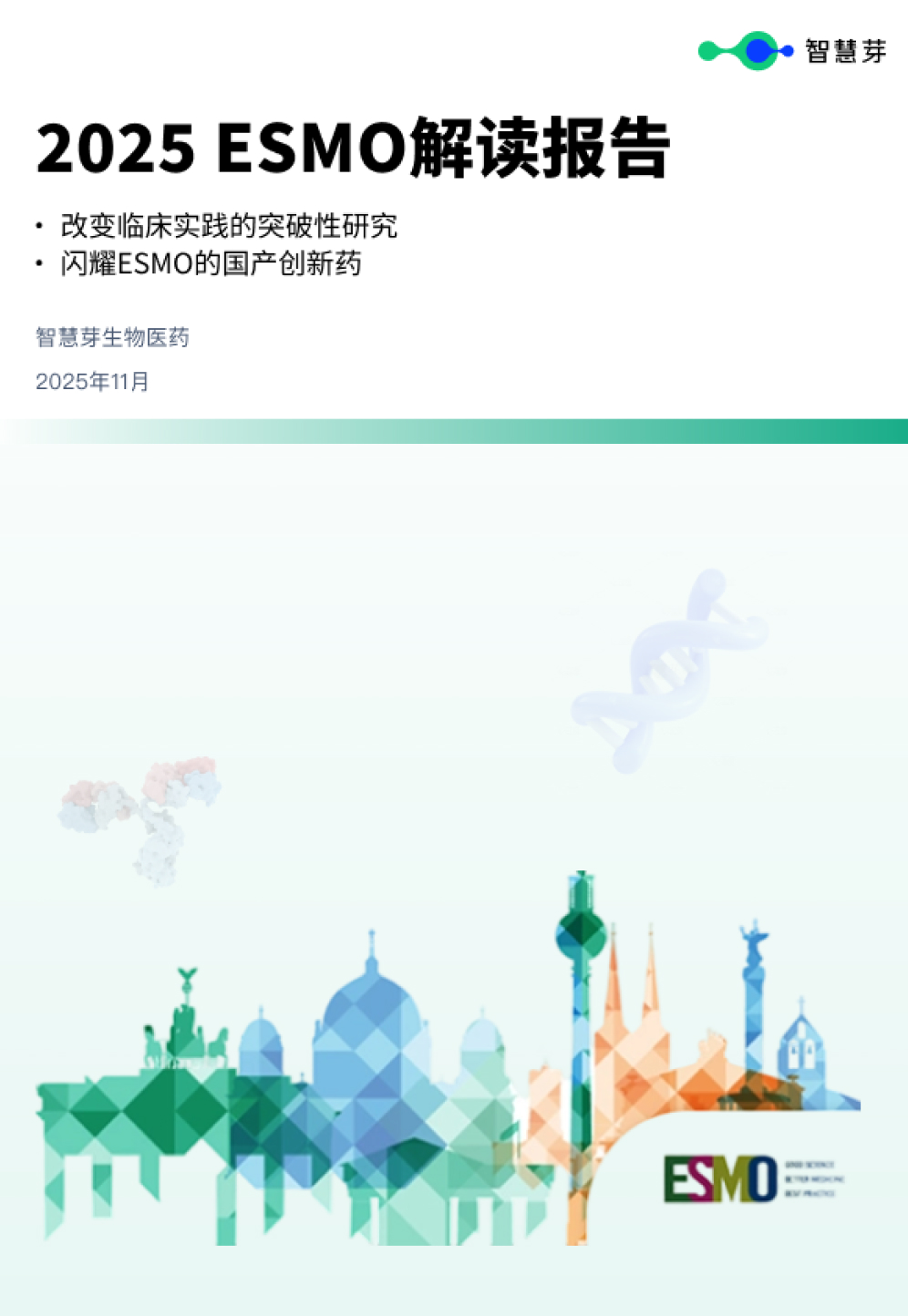预约演示
Gain's clinical GDP1 Parkinson's drug helps mice retain cognitive function
2024-07-02
临床1期

Preview
来源: FierceBiotech
To see if their drug worked, Gain scientists investigated the animals’ ability to build nests—a complex behavior that requires a high degree of mental function.
Mouse models of GBA1 Parkinson’s disease that are treated with Gain Therapeutics’ clinical-stage drug appear to have better cognitive function and lower disease biomarkers than untreated animals.
The biotech unveiled new preclinical data for the candidate, dubbed GT-02287, at the Federation of European Neuroscience Societies (FENS) Forum June 27.
“These data further confirm our conviction that GT-02287 can slow or stop progression of Parkinson’s disease and given the cognitive decline observed in GBA1 Parkinson’s patients, we hope that we can one day deliver this drug to those that need it and help them improve their everyday life,” Joanne Taylor, Ph.D., senior vice president of research at Gain, said in a press release.
To perform the study presented at FENS, the researchers used daily doses of toxins to induce the murine equivalent of GBA1 Parkinson’s disease. Eight days after they initiated the toxins, they began injecting a group of them once a day with GT-02287. They continued to administer both the toxin and the Parkinson’s drug for 20 more days in that group, while an untreated control group received only the toxins.
To see whether the drug worked, Gain scientists investigated the animals’ ability to build nests—a complex behavior that requires a high degree of mental function—along with their motor skills, which Gain looked at in an earlier study, too. They found the mice with Parkinson’s that were given GT-02287 built nests that looked similar to those of healthy animals, while the nests of mice that didn’t receive treatment were poorly constructed.
The differences lined up with relative levels of neurodegeneration biomarkers, too: Treated mice had lower amounts of the proteins neurofilament light chain, alpha-synuclein, GFAP and Iba-1 in their brains.
“These data further support the potential of GT-02287 as a disease-modifying therapy for the treatment of [GBA1 Parkinson’s disease] that is already clinically established, including improvement in activities of daily living and cognition,” Gain’s poster read.
GT-02287 restores the function of an enzyme called glucocerebrosidase, or GCase, which is found in the lysosomes of neurons. Under normal conditions, the enzyme breaks down a lipid called glucosylceramide. But certain mutations in GCase’s encoding gene, GBA1, prevent it from functioning properly. That ultimately results in the buildup of alpha-synuclein and other inflammatory molecules, leading to Parkinson’s disease. GBA1 mutations are the most common gene variants associated with the condition.
So far, GT-02287 appears to be safe in healthy people, as data from an early phase 1 study showed in April. Gain anticipates starting a three-month phase 1b trial in 20 to 30 GBA1 Parkinson's disease patients in the second half of 2024, with a readout in the first half of 2025, according to a corporate presentation given in June.
更多内容,请访问原始网站
文中所述内容并不反映新药情报库及其所属公司任何意见及观点,如有版权侵扰或错误之处,请及时联系我们,我们会在24小时内配合处理。
靶点
生物医药百科问答
全新生物医药AI Agent 覆盖科研全链路,让突破性发现快人一步
立即开始免费试用!
智慧芽新药情报库是智慧芽专为生命科学人士构建的基于AI的创新药情报平台,助您全方位提升您的研发与决策效率。
立即开始数据试用!
智慧芽新药库数据也通过智慧芽数据服务平台,以API或者数据包形式对外开放,助您更加充分利用智慧芽新药情报信息。




